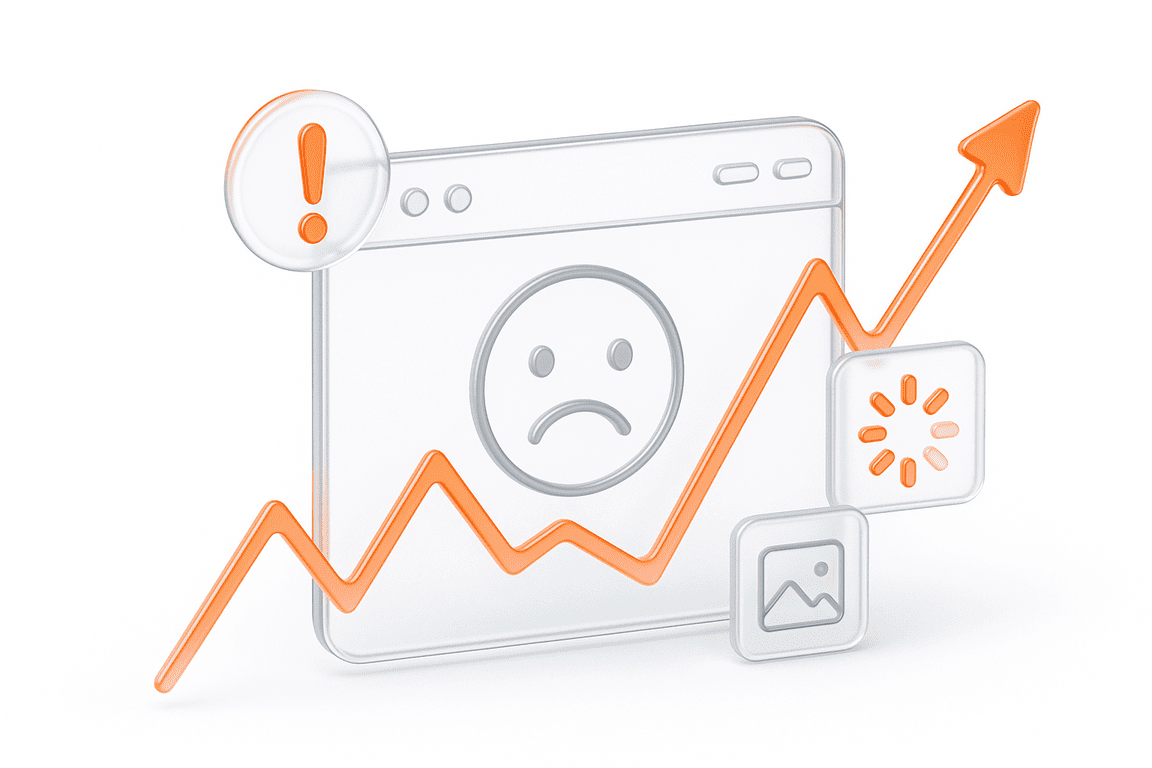In the development and delivery of software, the most important contribution of DevOps is the elimination of the time lag between project phases: development, testing, trial operation, and delivery of the product to the final consumer. The time2market indicator is one of the key indicators of the competitiveness of products and the success of companies today.
Some experts have described the term TestOps as an example of the effective interaction of the testing and maintenance departments. This is an example of sharing the knowledge and carrying out the correct checks at the stages of pre-production operation and validating the installation of the new release in the production environment.
Here at PFLB, a company that is professionally engaged in quality assurance, we are looking at DevOps not only in its original paradigm. Rather, we look at DevOps with a view to the integration of the means of control and quality assurance with automated systems of virtualization and software deployment on the testbeds. This approach allows us to orient the automated development environment not only on the speed but quality as well.
In the overall process of product creation, the types of control and quality assurance can be ranked according to their proximity and ease of binding with the actions and objectives of DevOps:
The use of automated inspection and quality control tools in conjunction with DevOps not only enables a reduction in the time2market indicators and qualitative improvement of the product, but also increases the efficiency of the use of resources at the expense of non-assembly, which is recognized as not valid after performing automated check-ups.
In conclusion, it is necessary to specify the value of DevOps for business. Three business advantages exist:
Related insights in blog articles
How Website Performance Impacts E-Commerce Sales and Cart Abandonment

Every e-commerce store has mere milliseconds to make the right impression on shoppers. When prospects land on a product page, they assess every single metric, and e-commerce website performance and speed are the most critical ones. In most scenarios, impatient users will bounce instantly — at the slightest hint of latency caused by high loads […]
10 Signs Your Website Can’t Handle Traffic Spikes: Everything you need to know

Your campaign goes live, clicks start pouring in, and traffic shoots up fast. It’s the moment you’ve been waiting for, until everything slows down. Pages take ages to load, checkout freezes, and visitors disappear before they can buy. It’s a frustrating twist: the success of your marketing draws in more people than your website can […]
Why Averages Lie: Mathematical Methods for Load Testing

Relying on “average” metrics alone makes load testing surprisingly inaccurate. In this article, we’ll show how to avoid the usual traps and walk through practical techniques for mathematically modelling a workload profile, from analyzing variance and correlations to spotting Simpson’s paradox and validating the final model. When a company moves to a new system, the […]
DevDays Europe Conference 2026 – Advance Your Software Development Expertise

DevDays Europe is the ultimate software development conference that aims to bring together the brightest minds and innovators in the software development community. Join the conference for an immersive experience filled with transformative insights, collaborative opportunities, and the latest cutting-edge technology. The DevDays Europe 2024 will be happening both on-site and online, allowing everyone to join the event in their preferred format.
Be the first one to know
We’ll send you a monthly e-mail with all the useful insights that we will have found and analyzed
People love to read
Explore the most popular articles we’ve written so far
- Top 10 Load Testing Tools for 2025: The Deep Dive Sep 9, 2025
- Cloud-based Testing: Key Benefits, Features & Types Dec 5, 2024
- Benefits of Performance Testing for Businesses Sep 4, 2024
- Android vs iOS App Performance Testing: What’s the Difference? Dec 9, 2022
- How to Save Money on Performance Testing? Dec 5, 2022